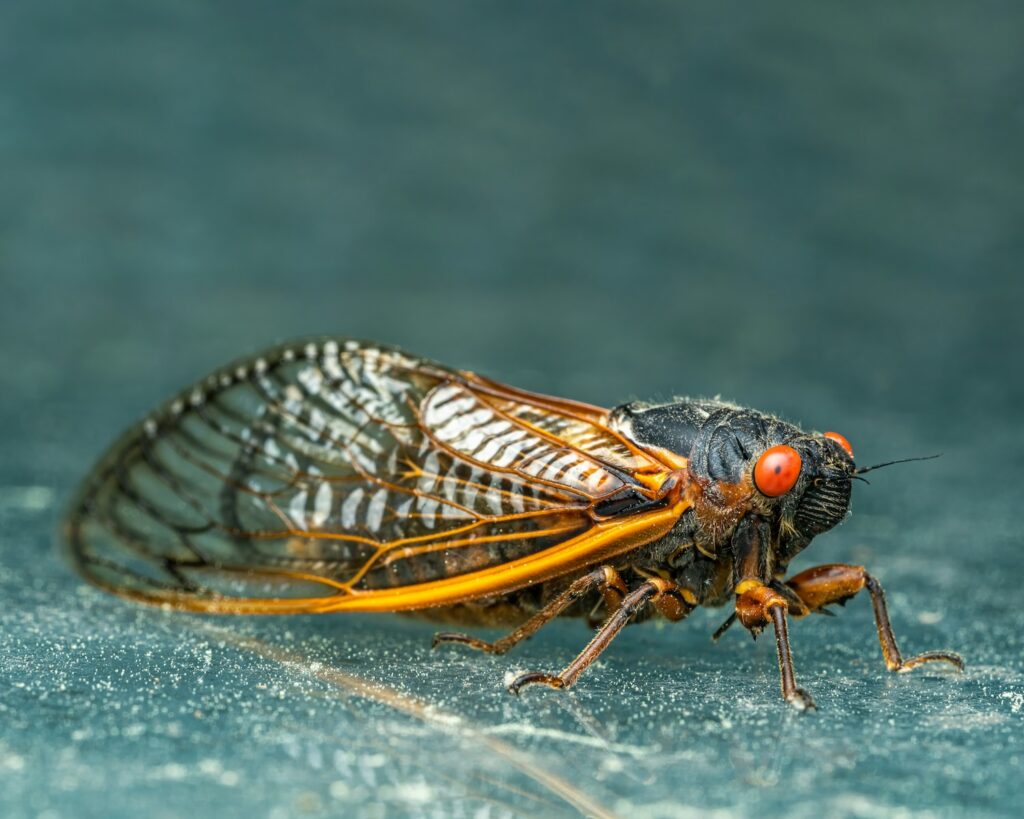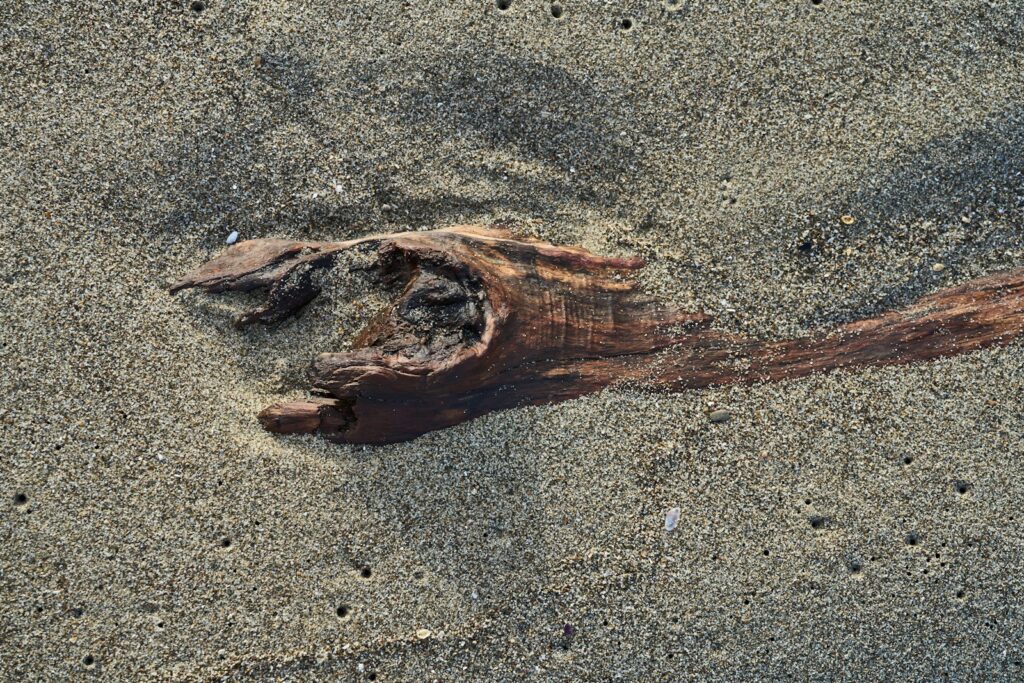In the realm of paleontology, few scientists have made as significant an impact on our understanding of avian evolution as Dr. Jingmai O’Connor. A pioneering paleontologist specializing in Mesozoic birds, O’Connor has revolutionized our knowledge of early bird evolution through her groundbreaking work with exceptionally preserved fossils from China’s Jehol Biota. Her research has fundamentally altered our comprehension of the dinosaur-bird transition and early avian evolution, filling crucial gaps in the fossil record and challenging long-held assumptions about bird development. Through rigorous scientific investigation and remarkable fossil discoveries, O’Connor continues to unravel the complex story of how modern birds emerged from their dinosaurian ancestors.
The Making of a Paleontological Pioneer
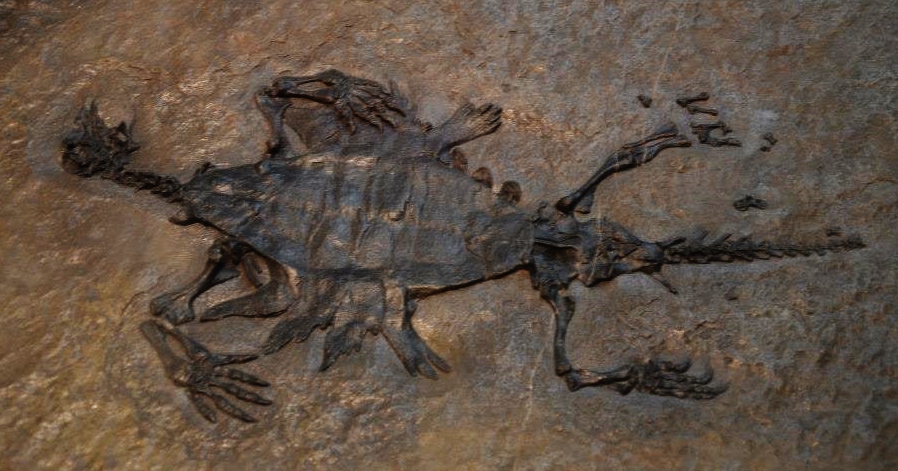
Dr. Jingmai O’Connor’s journey to becoming one of the world’s foremost experts on early bird evolution began with her education at the University of Southern California, where she earned her undergraduate degree in geological sciences. She subsequently pursued her doctoral studies at the University of Southern California, completing her Ph.D. in geological sciences with a focus on paleontology. O’Connor then made a pivotal career move to China, joining the Institute of Vertebrate Paleontology and Paleoanthropology (IVPP) at the Chinese Academy of Sciences in Beijing, where she would spend over a decade conducting groundbreaking research. Her unusual career path, relocating to China as a Western scientist, positioned her uniquely to access and study the extraordinary fossil resources of the Jehol Biota, establishing her as a bridge between Eastern and Western paleontological traditions. In 2020, O’Connor took on a new role as Associate Curator of Fossil Reptiles at the Field Museum of Natural History in Chicago, where she continues her influential research today.
The Jehol Biota: A Fossil Treasure Trove
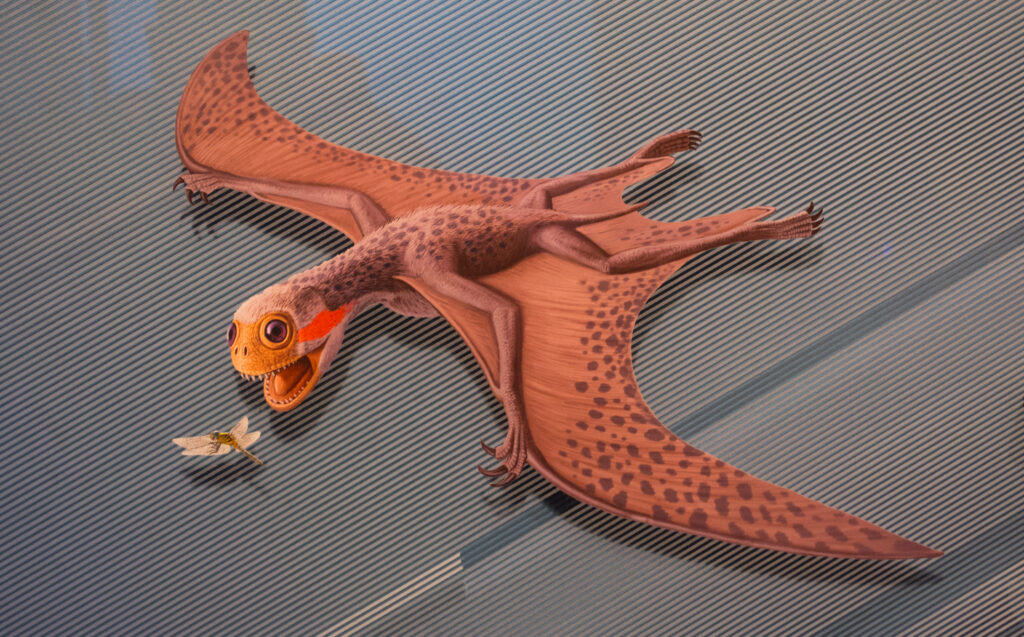
The foundation for much of O’Connor’s revolutionary work lies in China’s Jehol Biota, one of the world’s most important fossil deposits from the Early Cretaceous period, approximately 120-131 million years ago. This exceptional lagerstätte (a sedimentary deposit with extraordinary fossil preservation) encompasses the Yixian and Jiufotang formations in Liaoning Province, northeastern China. The Jehol Biota is renowned for its exquisitely preserved fossils, which often retain soft tissues, feathers, and other delicate structures rarely found in the fossil record. The unique preservation conditions resulted from rapid burial in fine volcanic ash following catastrophic events like volcanic eruptions, effectively creating paleontological “snapshots” of ancient ecosystems. For O’Connor, these deposits have proven invaluable, providing unprecedented insights into early bird anatomy, including soft tissues and feather structures that are crucial for understanding avian evolution but typically lost during fossilization processes elsewhere in the world.
Enantiornithines: The “Opposite Birds”
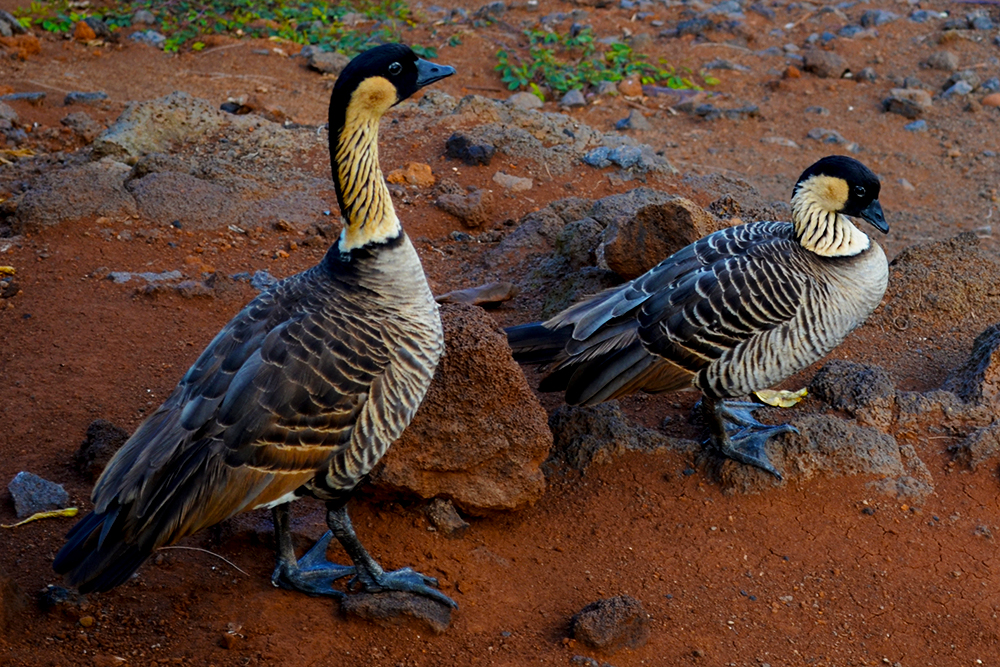
Among Dr. O’Connor’s most significant contributions to paleontology is her extensive research on enantiornithines, often called “opposite birds” due to certain anatomical features that differ from modern birds. Enantiornithines represented the most diverse and widespread group of birds during the Mesozoic era, flourishing from the Early Cretaceous until their extinction alongside non-avian dinosaurs at the end of the Cretaceous period. Through her detailed studies of numerous enantiornithine specimens, O’Connor has documented their unusual combination of primitive dinosaurian traits alongside advanced avian features. Her research has revealed that these birds possessed teeth, clawed fingers on their wings, and different shoulder joint configurations compared to modern birds, yet many species were capable of powered flight. O’Connor’s work has been particularly valuable in demonstrating that enantiornithines represent an independent evolutionary experiment in avian flight and adaptation, one that was highly successful for millions of years before ultimately ending without leaving modern descendants.
Redefining the Dinosaur-Bird Transition
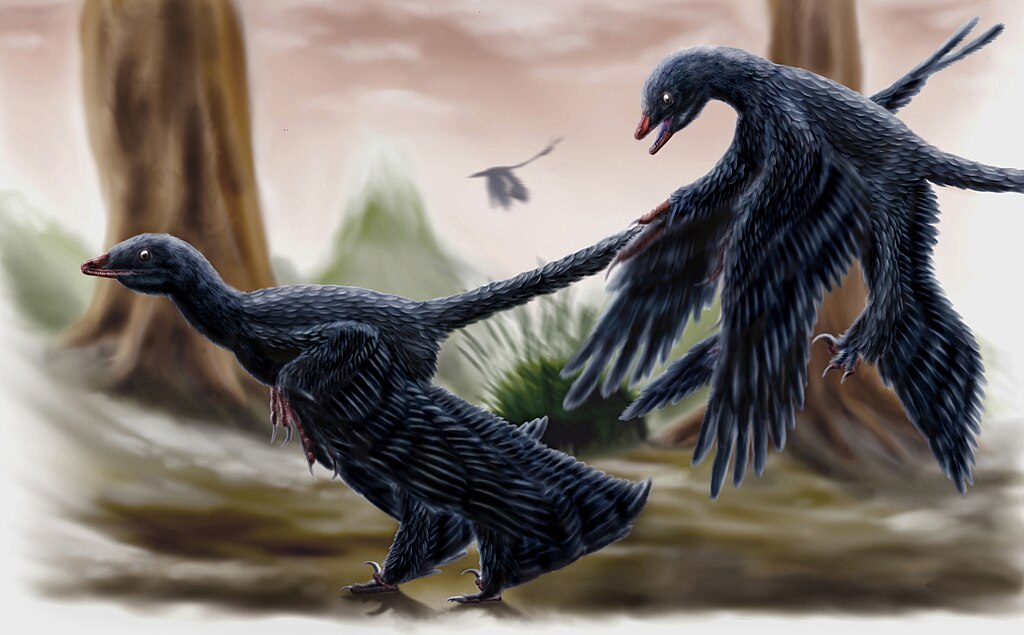
Dr. O’Connor’s research has significantly refined our understanding of how birds evolved from theropod dinosaurs, a transition that represents one of the most dramatic evolutionary transformations in vertebrate history. By meticulously analyzing hundreds of anatomical features across numerous fossil specimens, she has helped clarify the sequence of adaptations that led from ground-dwelling dinosaurs to flying birds. Her work has been instrumental in identifying the mosaic nature of this evolution, where bird-like traits emerged gradually and not always in the predicted order. O’Connor’s studies have revealed how features once thought to be uniquely avian, such as certain types of feathers and respiratory adaptations, actually appeared earlier in dinosaur evolution than previously recognized. By documenting transitional features in exquisitely preserved specimens, she has helped close numerous gaps in our understanding of this evolutionary transition, providing compelling evidence for the dinosaurian origin of birds that has largely silenced once-vociferous scientific debates on the subject.
Feather Evolution and Development
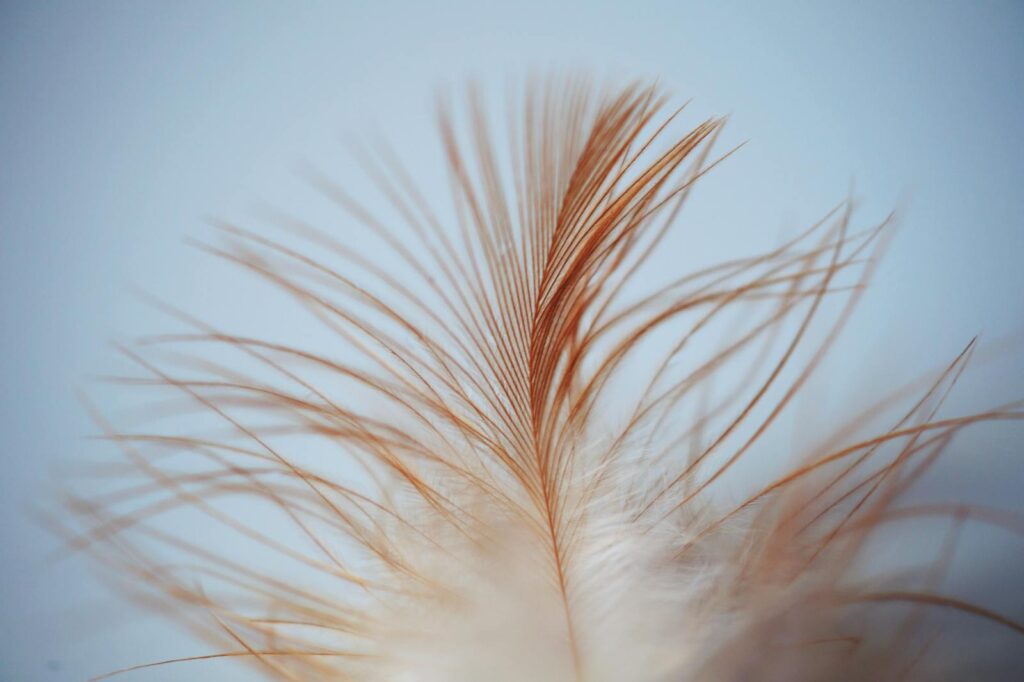
One of O’Connor’s most influential contributions concerns the evolution and development of feathers, structures that were once considered definitive features of birds but are now known to have originated in non-avian dinosaurs. Through her examination of exceptionally preserved fossils, O’Connor has documented the surprising diversity of feather types in early birds and their dinosaurian relatives. Her research has helped establish that feathers evolved initially for functions other than flight, such as insulation, display, or camouflage, and were later co-opted for aerodynamic purposes. Particularly important has been her work on feather microstructure and development, using advanced imaging techniques to analyze preserved melanosomes (pigment-containing structures) that reveal the original coloration patterns of ancient feathers. These studies have provided unprecedented insights into the appearance of extinct birds and the selective pressures that shaped feather evolution, demonstrating how modern analytical methods can extract remarkable information from fossils preserved under exceptional conditions.
Flight Adaptations in Early Birds
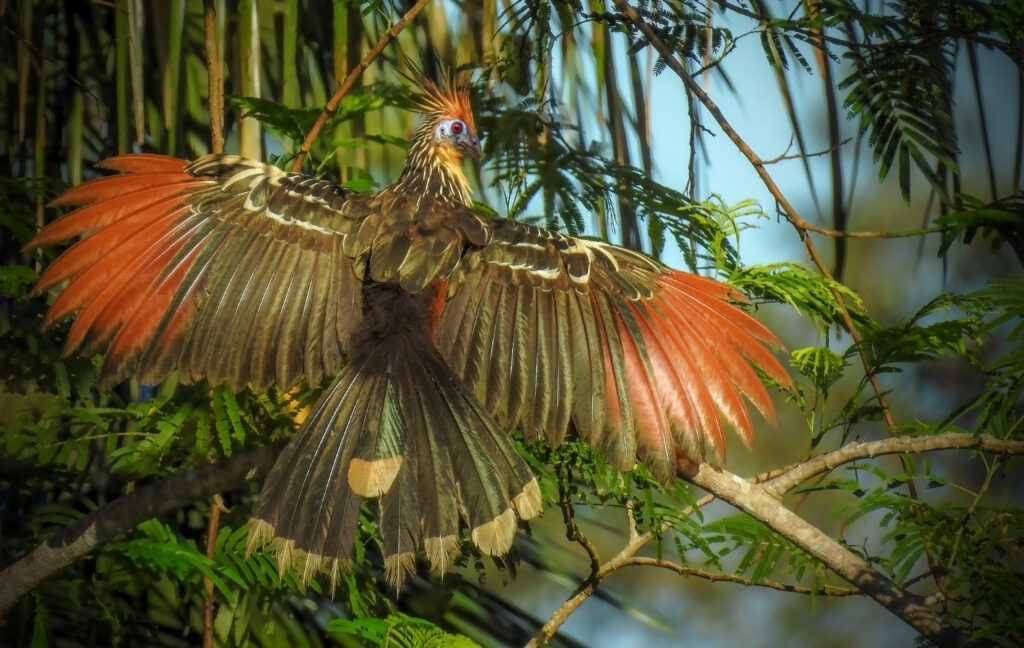
Dr. O’Connor’s research has been pivotal in enhancing our understanding of how flight mechanics evolved in early birds, a complex biological transition requiring numerous anatomical and physiological adaptations. Through detailed studies of fossil specimens, she has documented the varied flight capabilities among Mesozoic birds, revealing that different lineages evolved distinct solutions to the challenges of aerial locomotion. Her work has shown that many early birds, particularly among the enantiornithines, possessed well-developed flight capabilities despite retaining primitive features like teeth and clawed wings. O’Connor has identified crucial adaptations in the shoulder girdle, sternum, and wing structure that facilitated powered flight, while also noting the differences from modern bird flight apparatus that suggest somewhat different flight styles. Her comparative analyses of flight-related features across numerous specimens have demonstrated that flight evolution was not a simple linear progression but rather involved multiple parallel experiments in aerial adaptation, with various Mesozoic bird groups developing unique flight strategies.
Developmental Biology in Fossil Birds
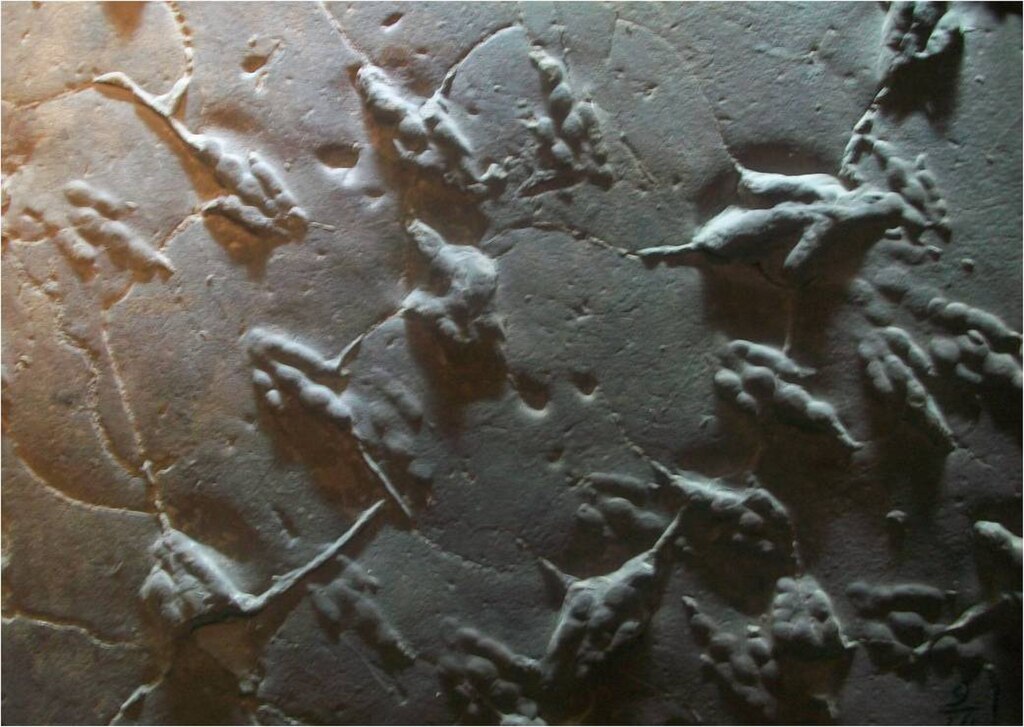
A particularly innovative aspect of O’Connor’s research involves applying principles of developmental biology to fossil specimens, extracting growth and developmental information from ancient remains. By examining growth lines in bones, analyzing proportional changes across different-sized specimens, and studying rare juvenile fossils, she has reconstructed growth patterns in early birds that differ markedly from their modern counterparts. Her research has revealed that many Mesozoic birds, unlike modern species, experienced relatively slow growth more similar to reptiles, taking multiple years to reach adult size despite having advanced avian features in other respects. O’Connor has identified crucial developmental transitions in early bird evolution, documenting how the accelerated growth patterns characteristic of modern birds emerged gradually. This developmental perspective has provided key insights into the life histories of extinct birds, demonstrating how modern avian developmental programs involving rapid growth and early flight capability evolved from more reptilian patterns of extended development and delayed maturation.
Microscopic and Chemical Analyses
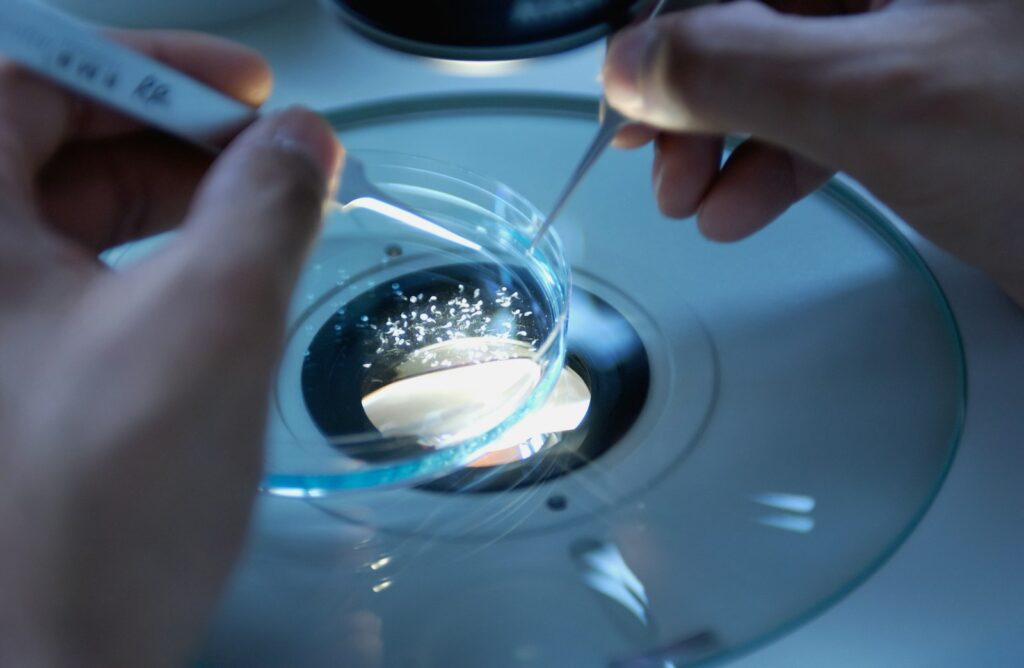
Dr. O’Connor has pioneered the application of advanced analytical techniques to extract maximum information from fossil specimens, often revealing details invisible to conventional examination. Her research frequently incorporates scanning electron microscopy, energy-dispersive X-ray spectroscopy, and various forms of spectroscopic analysis to examine microscopic structures and chemical compositions in fossil tissues. These techniques have allowed her to identify preserved soft tissues, analyze feather microstructure, and even detect traces of original organic compounds in specimens millions of years old. Particularly noteworthy is her work using synchrotron radiation to perform non-destructive chemical mapping of fossils, revealing elemental distributions that help distinguish original biological structures from mineralized replacements. By combining traditional morphological studies with cutting-edge analytical methods, O’Connor has demonstrated how modern technology can revitalize paleontological research, allowing scientists to extract unprecedented levels of detail from ancient specimens and answer questions previously considered beyond the reach of fossil evidence.
The Importance of Ontogeny in Evolution
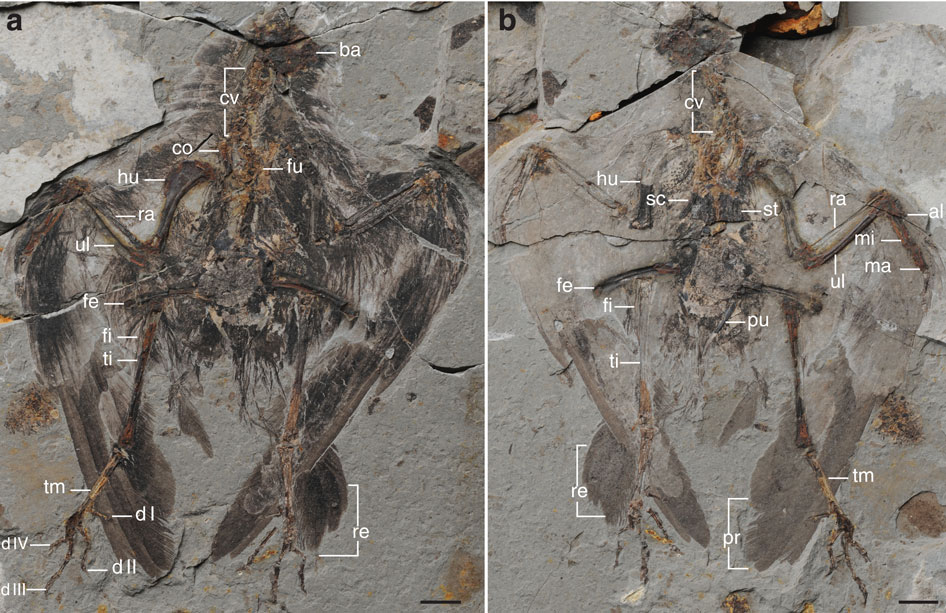
O’Connor’s work has emphasized the critical role that changes in developmental timing (heterochrony) play in evolutionary transitions, particularly in the context of bird evolution. By studying fossilized embryos and juvenile specimens, she has documented how shifts in the timing and rate of development contributed to the emergence of avian characteristics from dinosaurian ancestors. Her research has shown that many distinctively avian traits arose through developmental modifications, with some features appearing earlier in development (paedomorphosis) and others developing more extensively than in ancestors (peramorphosis). O’Connor’s detailed studies of enantiornithine development have revealed a unique growth strategy different from both non-avian dinosaurs and modern birds, providing evidence for experimental developmental pathways during early bird evolution. This focus on ontogeny has provided a crucial perspective on the mechanisms of evolutionary change, demonstrating how relatively small alterations in developmental programs can produce significant morphological transformations across evolutionary timescales.
Challenging Scientific Consensus
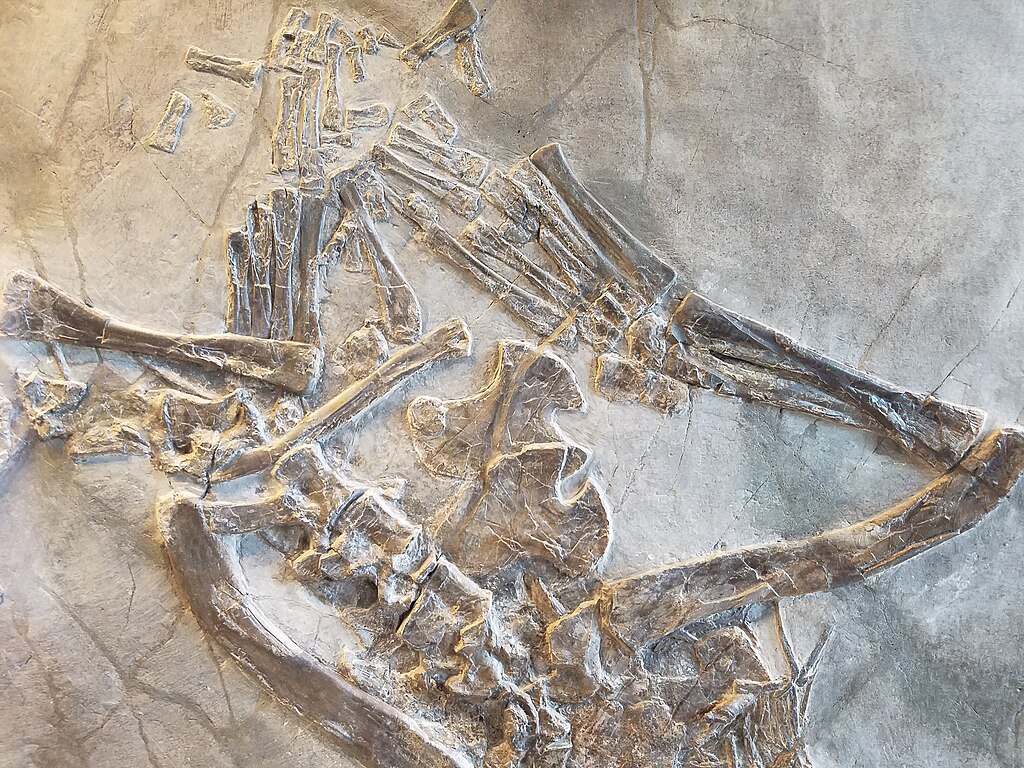
Throughout her career, Dr. O’Connor has demonstrated a willingness to challenge established scientific interpretations when evidence warrants reconsideration. Her research has overturned several longstanding assumptions about avian evolution, often by bringing new specimens or analytical approaches to bear on contentious questions. In several high-profile cases, she has provided compelling evidence against previously accepted interpretations of fossil material, including reidentifying purported feathered dinosaurs as potentially representing different taxa or preservational artifacts. O’Connor has been particularly insistent on maintaining rigorous standards of evidence when interpreting fossils, cautioning against overinterpretation of ambiguous structures and emphasizing the importance of multiple lines of evidence. This intellectual independence and commitment to evidence-based interpretation, even when it contradicts prevailing views, exemplifies the scientific process at its best and has helped advance paleontological understanding by subjecting hypotheses to stringent testing.
Public Engagement and Science Communication
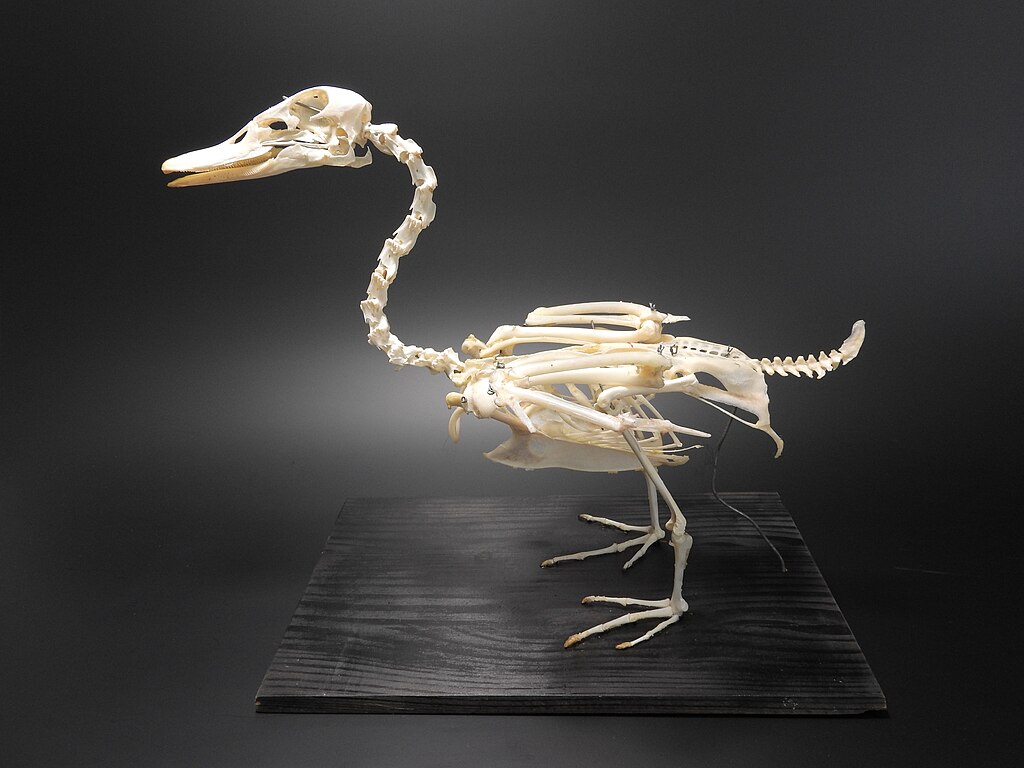
Beyond her scientific contributions, Dr. O’Connor has emerged as an effective and engaging communicator of paleontological science to public audiences. Through numerous interviews, documentary appearances, and public lectures, she has shared the excitement of fossil discoveries and their evolutionary significance with non-specialist audiences worldwide. O’Connor brings a distinctive communication style to her public engagement, combining scientific precision with accessible language and evident enthusiasm for her subject matter. Her ability to explain complex evolutionary concepts clearly while conveying the wonder of ancient biodiversity has made her a valued ambassador for paleontological science. O’Connor has been particularly effective in highlighting the detective work involved in interpreting fossil evidence, helping audiences understand how scientists extract remarkable information from ancient remains and reconstruct organisms that lived millions of years ago, thereby increasing public appreciation for both the methods and findings of modern paleontology.
Future Directions in Mesozoic Bird Research
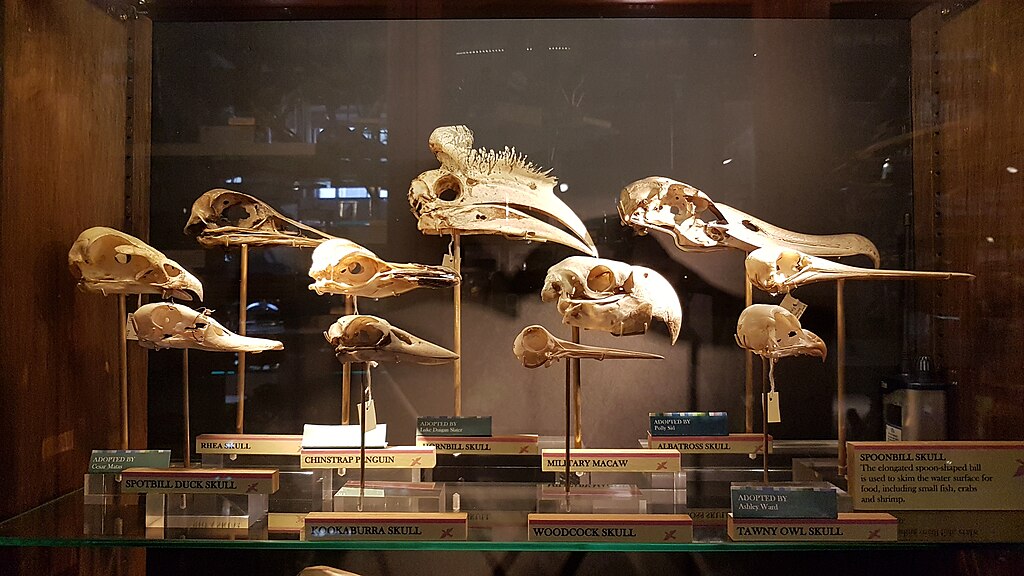
Looking ahead, Dr. O’Connor’s current and planned research continues to push the boundaries of our understanding of early bird evolution. She is actively exploring new analytical approaches, including advanced tomographic imaging techniques that can reveal internal anatomical details without damaging precious fossils. O’Connor is increasingly incorporating phylogenomic insights from modern birds to better contextualize fossil findings, creating a more integrated picture of avian evolutionary history. Her ongoing work includes further investigations into the sensory capabilities of early birds, comparative studies of flight biomechanics across extinct and extant species, and expanded analyses of developmental patterns in different avian lineages. As curator at the Field Museum, O’Connor is also developing new research collaborations that combine paleontological evidence with insights from developmental biology, comparative anatomy, and biomechanics. These multidisciplinary approaches promise to yield even more comprehensive understanding of how the remarkable adaptations of modern birds emerged through evolutionary time from their dinosaurian ancestors.
Legacy and Influence in Paleontology
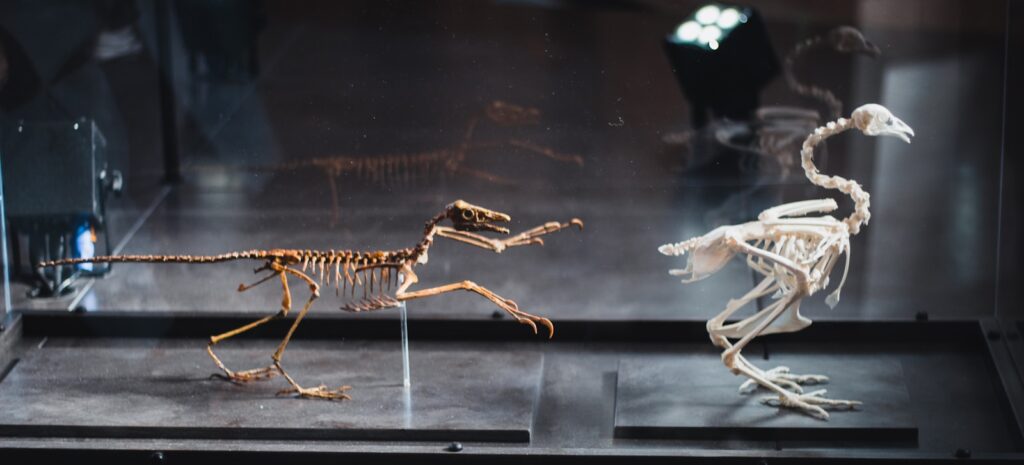
Though still in the midst of an active career, Dr. O’Connor has already established a significant scientific legacy that has transformed our understanding of early bird evolution. Her meticulous research has filled crucial gaps in the fossil record of avian evolution, providing unprecedented insights into the biology of extinct birds and the evolutionary processes that produced modern avian diversity. Through her numerous publications in high-impact scientific journals, O’Connor has built a substantial body of work that will influence paleontological research for generations to come. Her methodological innovations, combining traditional morphological analysis with cutting-edge analytical techniques, have expanded the toolkit available to paleontologists studying ancient organisms. Perhaps most importantly, O’Connor has trained and mentored numerous students and early-career researchers who will carry forward her rigorous approach to fossil interpretation and evolutionary analysis. By establishing new standards for the analysis of exceptionally preserved fossils and demonstrating how they can inform our understanding of major evolutionary transitions, O’Connor has made contributions to paleontology that extend far beyond the specific taxa she has studied.
Conclusion

Dr. Jingmai O’Connor stands as a transformative figure in the field of paleontology, whose research has fundamentally reshaped our understanding of early bird evolution and the dinosaur-bird transition. Through her groundbreaking work with the exceptionally preserved fossils of the Jehol Biota, she has illuminated the complex evolutionary pathways that led from theropod dinosaurs to modern birds, documenting the mosaic nature of this remarkable transformation. O’Connor’s distinctive combination of meticulous anatomical analysis, innovative methodological approaches, and willingness to challenge scientific orthodoxy when evidence demands it exemplifies the best traditions of scientific inquiry. As she continues her research at the Field Museum and beyond, her work promises to yield even deeper insights into one of the most fascinating evolutionary transitions in vertebrate history, further enriching our understanding of the ancient origins of the birds that surround us today.


